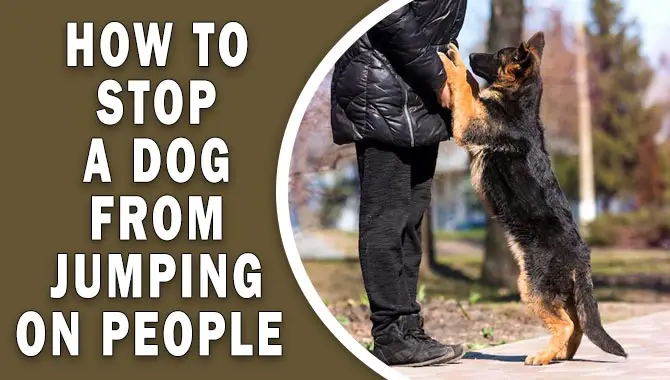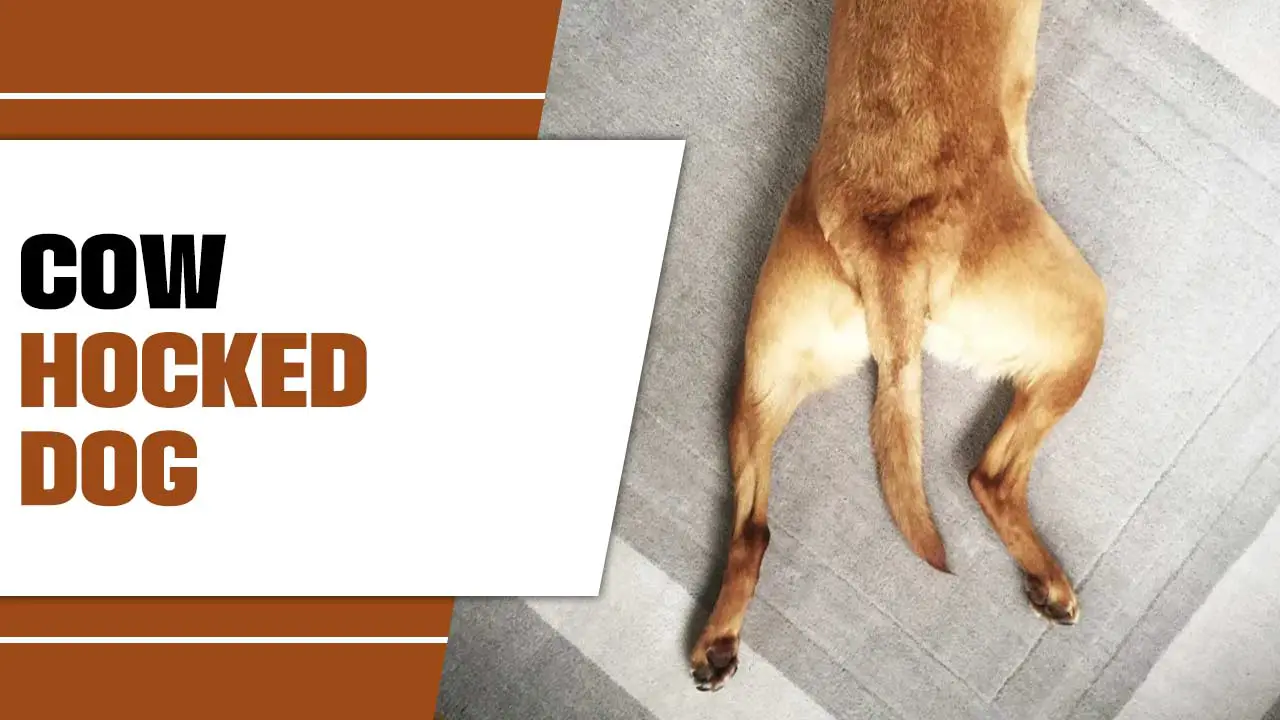The Great Pyrenees breed is a majestic and beloved breed known for its large size, fluffy white coats, and gentle personality. One often overlooked aspect of caring for this breed is their feet.
Great Pyrenees feet are an important part of their overall health and well-being, and proper care can prevent a host of potential health issues. As a responsible pet owner, it is your duty to provide the best possible care for your Great Pyrenees, including taking care of their feet.
We will explore the various ways in which you can care for your Great Pyrenee’s feet. From trimming their nails to inspecting their paw pads, we will provide a comprehensive guide on how to ensure your furry companion’s feet remain healthy and strong.
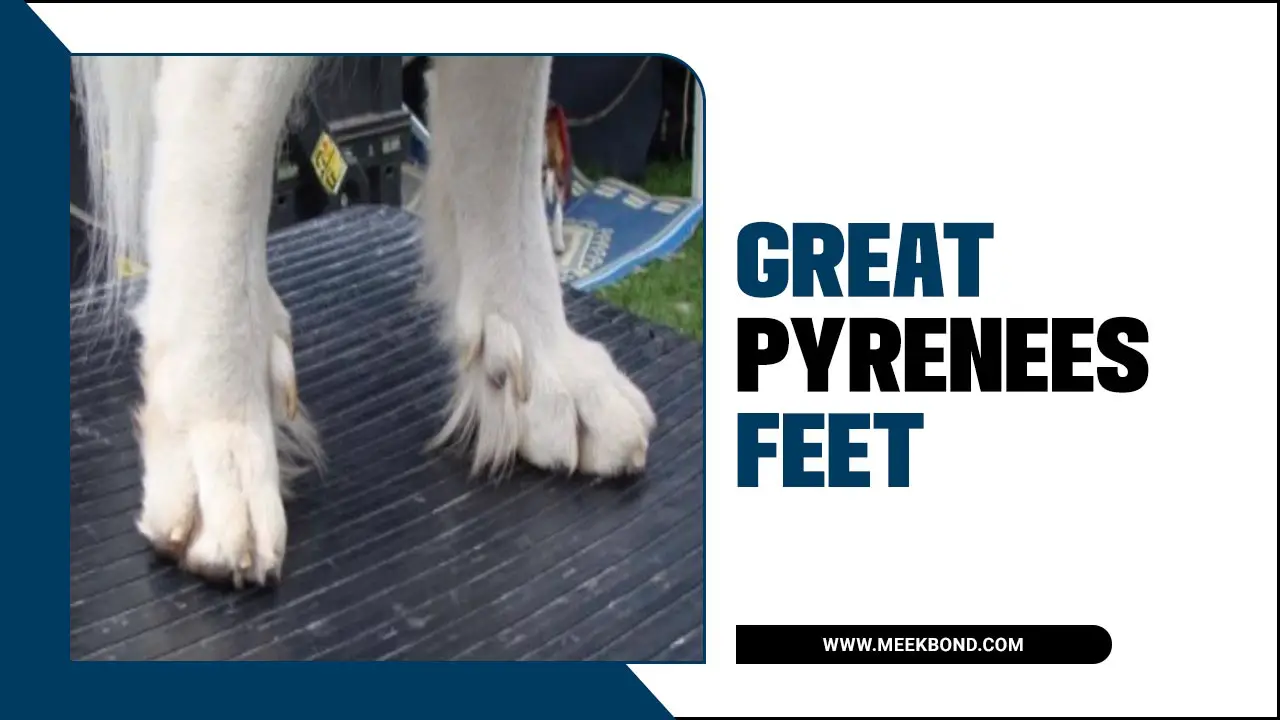
About The Great Pyrenees
The great Pyrenees are renowned for their protective nature and gentle temperament. Originating in the Pyrenees Mountains of France, these majestic dogs were bred to guard livestock. One unique trait of the Great Pyrenees is the presence of double dew claws on their back feet.
This mutation sets them apart from other dog breeds. The large paws and strong claws of the Great Pyrenees enable them to navigate rough terrain, providing stability in their movements quickly. Their thick coats and water-resistant fur make these dogs well-suited for cold weather conditions. Their feet, a crucial part of their anatomy, contribute to their overall agility and endurance.
Do The Great Pyrenees Have Webbed Feet?
Great Pyrenees do not have webbed feet. Their feet are large and well-padded, which helps them navigate through various terrains, including snow and rough terrain. The size and structure of their feet provide stability and support, making them well-suited for their role as working dogs in mountainous regions. While they may not have webbed feet like some other breeds, Great Pyrenees are still highly capable and agile on their feet.
How To Take Care Of Your Great Pyrenees Feet
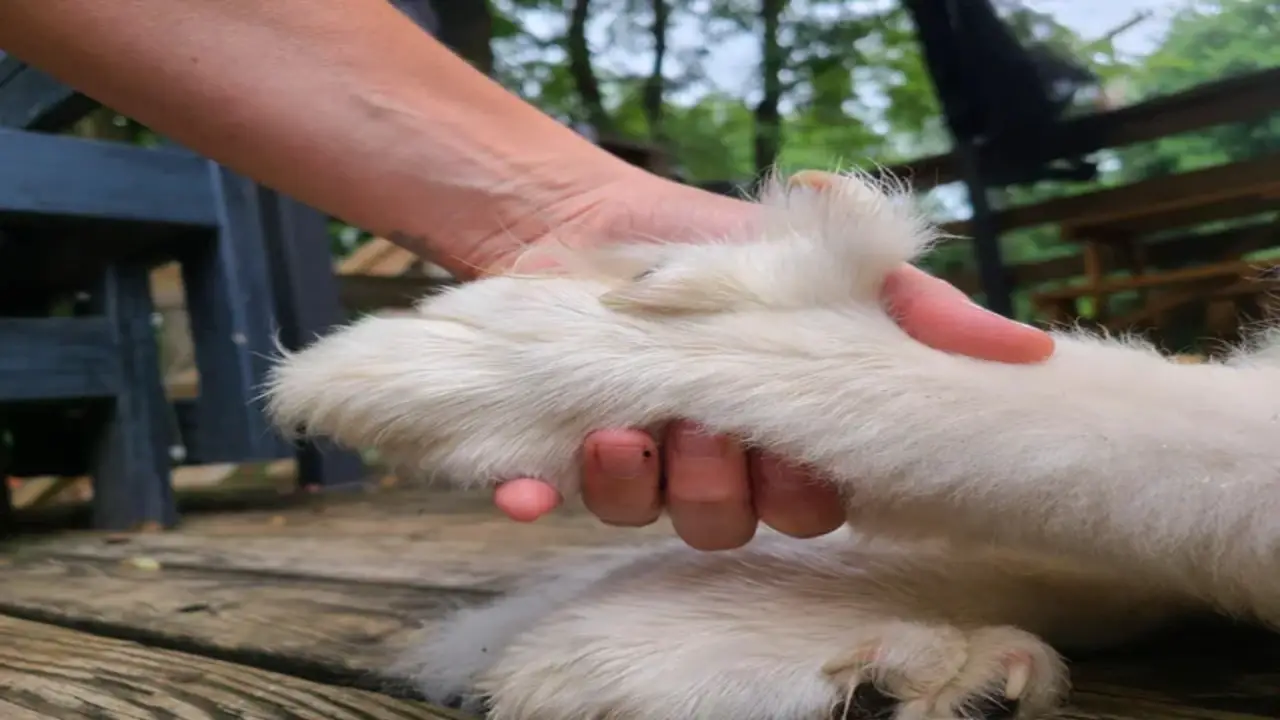
Proper care of your Great Pyrenees’ feet is crucial for their health and well-being. Regular grooming and cleaning of the feet help prevent dirt, debris, and moisture buildup. Trimming their nails regularly is also important to avoid discomfort and potential injury.
Take the time to check between the toes for any signs of irritation or infection, such as redness, swelling, or discharge. Use boots or paw balms to protect your feet from extreme weather conditions. These simple steps ensure your Great-Pyrenees feet stay happy and healthy. Consult a vet for any concerns or questions about your dog’s feet.
Importance Of Proper Foot Care For Great Pyrenees Dogs
Proper foot care is vital for preventing foot-related issues in Great Pyrenees dogs. Regular care helps maintain healthy paw pads, which act as shock absorbers and provide insulation. Neglecting foot care can lead to discomfort, infections, and even mobility problems for your Great Pyrenees. By taking care of their feet, you can ensure that they are comfortable and active.
Regular foot care also allows you to identify any issues early on and seek veterinary assistance. Remember to groom and clean their feet regularly, trim their nails to prevent discomfort and injury, and check between the toes for any signs of irritation or infection. Protect their feet from extreme weather conditions with boots or paw balms. Proper foot care is essential for keeping your Great Pyrenees happy and healthy.
Regular Grooming And Cleaning Of The Feet
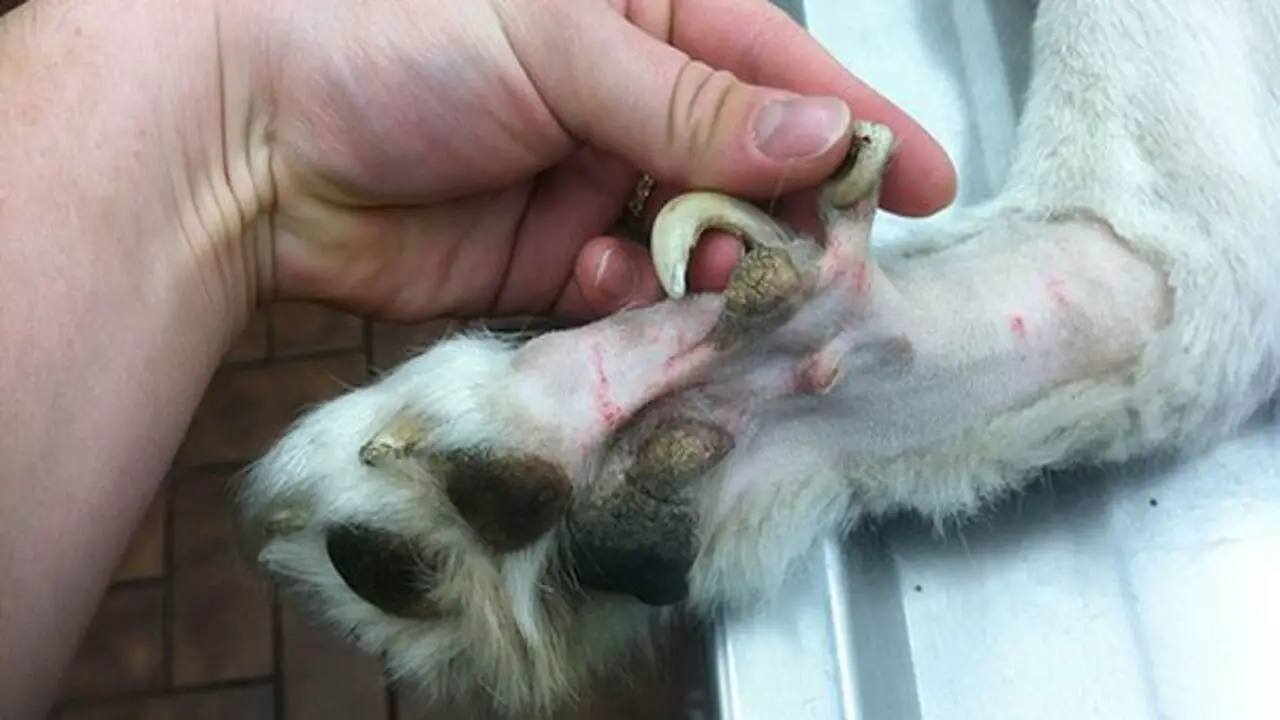
Regular care and maintenance of your Great Pyrenees’ feet are vital for their health and well-being. It’s important to regularly groom and clean their paws to ensure they stay clean and free from any potential issues. Start by inspecting the paws for foreign objects, cuts, or abrasions. Use a gentle dog-friendly cleanser to remove dirt and debris, ensuring you clean between the toes.
Thoroughly dry their feet afterward to prevent moisture buildup and the development of fungal or bacterial infections. Regular grooming keeps their feet clean and helps maintain their overall cleanliness and health. Remember, taking care of your Great Pyrenees’ feet is essential to their grooming routine.
Trimming The Nails To Prevent Discomfort And Injury
Regular nail trims are essential to prevent discomfort and injury in your Great-Pyrenees feet. Long nails can cause pain while walking and increase the risk of injuries. To trim your dog’s nails, use a nail trimmer designed for dogs, and be cautious not to cut too close to the quick.
If you’re unsure about trimming nails, it’s best to consult a professional groomer or veterinarian. Regular nail trims promote healthy foot posture and prevent joint issues in Great Pyrenees. By keeping your dog’s nails at an appropriate length, you ensure their comfort and reduce the chances of any potential foot problems.
Checking For Any Signs Of Irritation Or Infection Between The Toes
Regularly inspect your Great Pyrenees’ feet for any signs of irritation or infection between the toes. Look for redness, swelling, discharge, or any abnormal odor. These can be indicators of allergies, fungal or bacterial infections, or the presence of foreign objects.
If you notice any abnormalities, it’s important to consult with your vet for a proper diagnosis and appropriate treatment. Addressing foot issues promptly will help keep your Great Pyrenees comfortable and prevent further complications. By checking for signs of irritation or infection between the toes, you can ensure your dog’s feet overall health and well-being.
Protecting The Feet From Extreme Weather Conditions
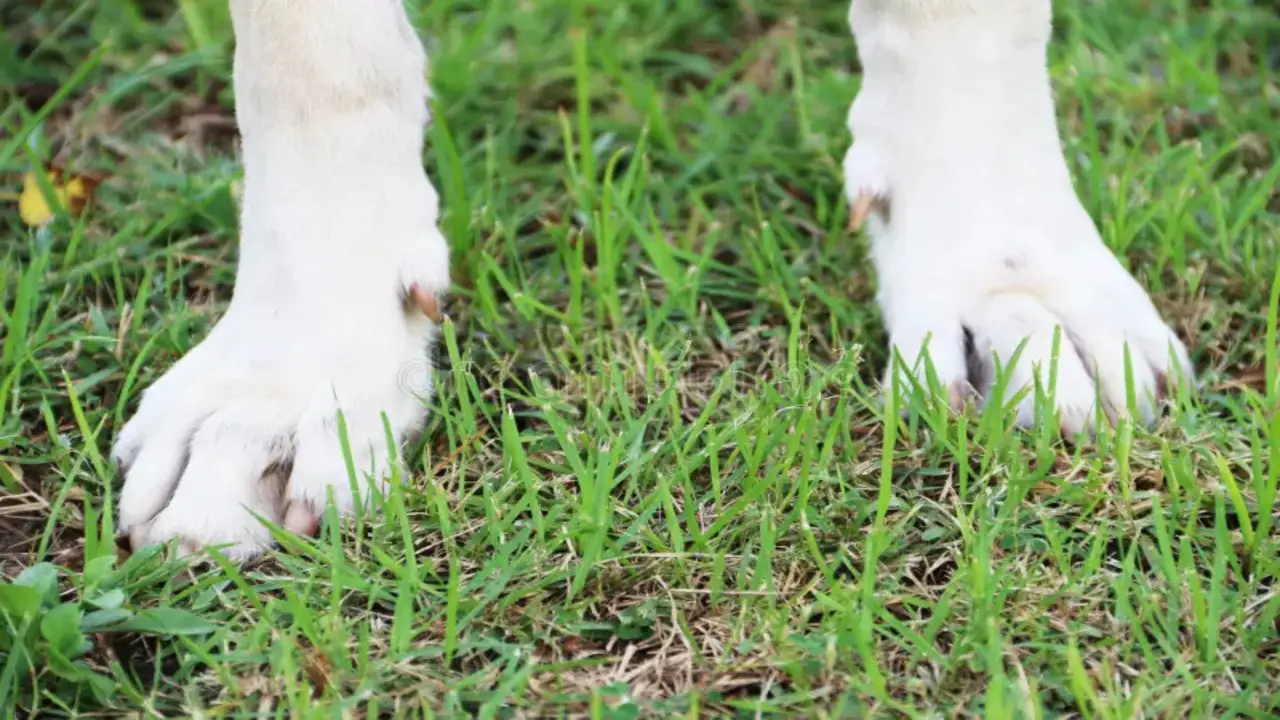
Great Pyrenees’ feet may be susceptible to extreme weather conditions. It is crucial to protect their paws from hot pavement or sand in hot weather by using booties or avoiding walks during peak heat hours. Similarly, consider using snow boots or paw balms to shield your feet from ice, snow, and salt during cold weather.
After outdoor activities, remove any snow or ice buildup between the toes. By safeguarding their feet from harsh weather, you help prevent frostbite, burns, and other weather-related injuries. Remember, properly caring for your Great Pyrenees’ feet is essential for their well-being and comfort.
Tips For Preventing Common Foot Problems In Great Pyrenees Dogs
Great Pyrenees are large, powerful dogs with distinctive double coats and large, webbed feet. Their feet are designed to provide them stability and traction on uneven terrain, making them great working and herding dogs. Taking care of your Great Pyrenees’ feet is essential for their health and well-being. Here are some tips to prevent common foot problems in Great Pyrenees:
- Regularly check their paws for cuts, abrasions, or foreign objects like thorns or burrs. Remove any debris carefully to avoid further injury.
- Trim their nails regularly to prevent overgrowth and discomfort. Be cautious not to cut too close to the quick, as it can cause pain and bleeding.
- Keep the hair between their paw pads trimmed to prevent matting and accumulation of dirt and debris.
- Clean their feet after walks or outdoor activities to remove any mud or chemicals that may irritate their skin.
- Use paw balms or moisturizers to keep their pads soft and protected from dryness or cracking.
- Provide them with a comfortable resting area free from rough surfaces or excessive heat/cold, which can cause discomfort and foot problems.
These tips can help ensure your Great-Pyrenees feet stay healthy and problem-free.
Providing Proper Exercise To Maintain Healthy Feet
To keep your Great-Pyrenees feet healthy, regular exercise is crucial. Engage them in activities that promote balanced muscle development and proper foot posture. Allow them to walk and run on different surfaces like grass, gravel, and sand. This variety of terrain helps strengthen their foot muscles and maintain flexibility.
However, avoiding excessive high-impact activities that could strain their joints or cause injuries is important. Remember, their feet are susceptible to common foot problems, so providing the right exercise is essential. By following these guidelines, you can ensure that your dog’s feet stay healthy and strong. If you have any concerns or issues, it’s always best to consult a veterinarian, who can provide expert advice and guidance.
Consulting A Veterinarian For Any Concerns Or Issues With Your Dog’s Feet
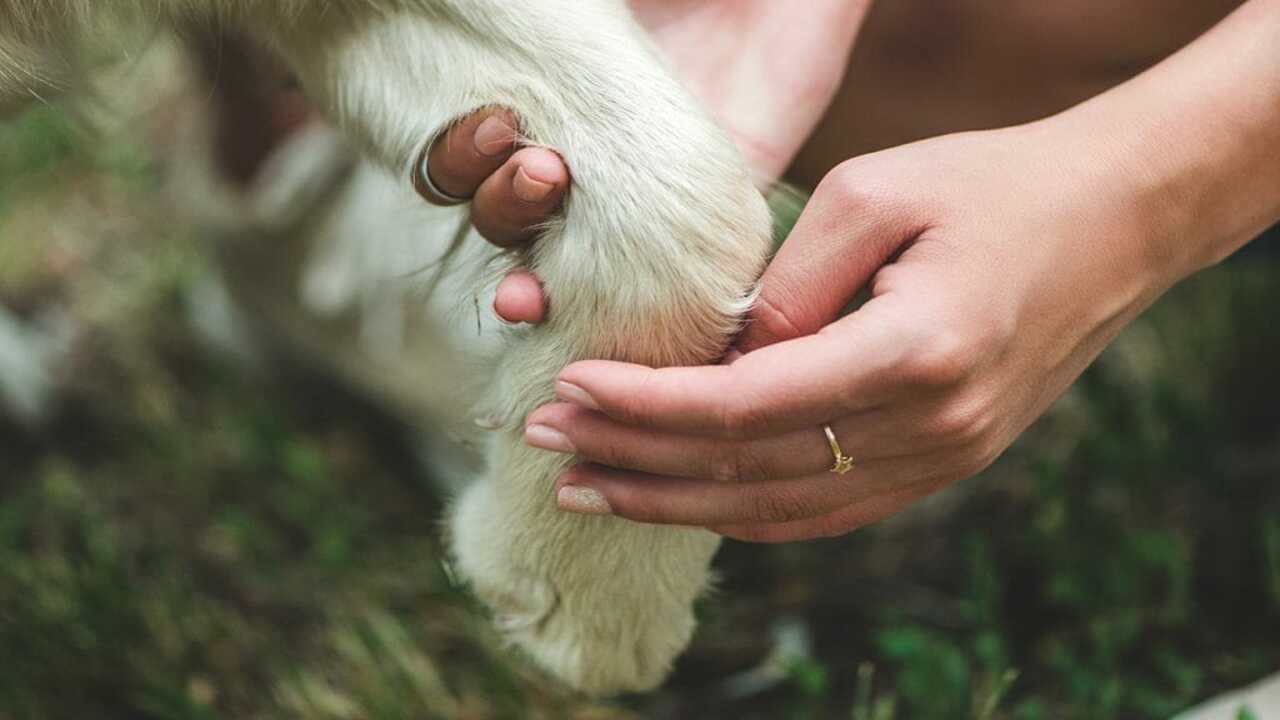
Regular veterinary check-ups can prevent and address any foot-related issues your Great Pyrenees may have. Monitoring your dog’s feet for redness, swelling, or discomfort is crucial. Regularly trimming your dog’s nails helps prevent ingrown nails and other foot problems. Providing proper nutrition and exercise contributes to healthy feet for your Great Pyrenees.
Consulting with a veterinarian is essential to address any concerns or issues related to your dog’s feet. Consult a vet if you notice abnormalities or changes in your dog’s feet. Vets have the expertise to diagnose and treat various foot conditions, ensuring the overall health and well-being of your Great Pyrenees.
Common Foot Problems In The Great Pyrenees
Great Pyrenees, with their large size and heavy weight, are prone to various foot problems. Paw pad injuries can occur due to the strain put on their paws. Long nails can cause discomfort and infections, making regular nail trimming essential. When it comes to the feet of the Great Pyrenees, there are several common foot problems that owners should be aware of. These include:
- Interdigital cysts are fluid-filled sacs that can develop between the toes and cause discomfort or limping.
- Nail issues: Great Pyrenees have large, sturdy nails that can become overgrown or brittle if not properly maintained.
- Paw pad injuries: The thick paw pads of Great Pyrenees can be prone to cuts, cracks, or burns if exposed to rough surfaces or extreme temperatures.
- Allergies: Some Great Pyrenees may develop allergies that can manifest as redness, itching, or irritation on their feet.
- Arthritis: As they age, Great Pyrenees may be prone to developing arthritis in their joints, including those in their feet.
If you notice any signs of discomfort or abnormalities in your Great Pyrenees’ feet, it is important to consult with a veterinarian for proper diagnosis and treatment. Regular grooming and maintenance, such as trimming nails and inspecting paws for injuries or irritations, can also help prevent foot problems in your furry friend.
How To Keep Your Great Pyrenees’ Feet Safe During Hikes And Walks
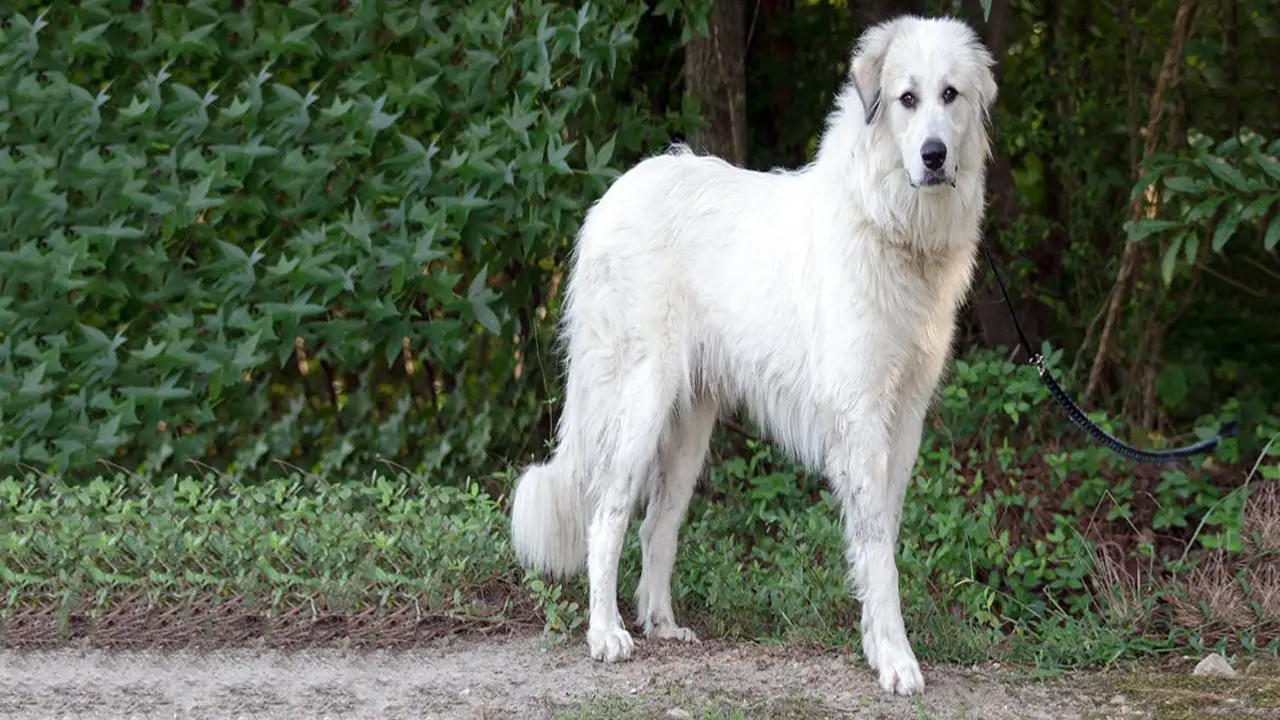
Remember a few essential steps to ensure the safety and comfort of your Great Pyrenees feet during hikes and walks. Regularly trim your dog’s nails to prevent discomfort and potential injury while out and about. Protect their paws from hot pavement or rough terrain using boots or paw balm.
Be attentive to any discomfort or limping during walks, adjusting the pace and route if necessary. Keep an eye out for foreign objects or irritants that may become lodged in their paws, and remove them promptly. After each walk, clean your dog’s feet to prevent infections or bacteria buildup. These preventive measures will help keep your Great Pyrenees’ feet healthy and happy.
Conclusion
Taking care of your Great Pyrenees’ feet is crucial for their health and well-being. Regular grooming, cleaning, and trimming of nails are essential to prevent discomfort and injury. It’s also important to check for signs of irritation or infection between the toes and protect their feet from extreme weather conditions.
You can take additional steps to provide proper exercise and consult a veterinarian for any concerns or issues with your dog’s feet. By following these tips and taking proactive measures, you can ensure your Great Pyrenees have healthy and happy feet.
So, prioritize foot care and give your furry friend the love and attention they deserve. We have provided bulk information for great pyrenees feet and hope our information was helpful from your perspective.
Frequently Asked Questions
1.How To Identify A Purebred Great Pyrenees?
Ans: To identify a purebred Great Pyrenees, look for physical characteristics like a large white coat and a strong build. Check for breed-specific traits such as a thick double coat and a calm demeanour. Verify the dog’s pedigree with the breeder or through DNA testing, and consult with a veterinarian or breed expert for guidance.
2.Is It Common For Great Pyrenees To Have Extra Toes?
Ans: Great Pyrenees dogs often have extra toes, a condition known as polydactyly. It is not typically a health concern; some breeders even consider it desirable. To ensure good foot health, regular grooming and cleanliness are important.
3.Why Do The Great Pyrenees Have Two Extra Toes?
Ans: Great Pyrenees have an interesting feature – two extra toes called dewclaws on their front paws. These dewclaws are believed to provide stability during quick movements and running. While some breeders remove them, it’s not necessary. Regularly checking and trimming the dewclaws can prevent issues like infections or getting caught on things.
4.Can I Properly Trim My Great Pyrenees Nails Without Causing Discomfort Or Injury?
Ans: Use sharp dog nail clippers to properly trim your Great Pyrenees’ nails without causing discomfort or injury. Cut the nails just below the quick, which is the pink part of the nail. If unsure, trim a little at a time to avoid cutting quickly. Reward your dog with treats and praise after trimming.
5.How Often Should I Check My Great Pyrenees’ Feet For Any Signs Of Injury Or Infection?
Ans: It is recommended to regularly check your Great Pyrenees’ feet, at least once a week, for signs of injury or infection. Look for cuts, bruises, swelling, redness, discharge, or odour. Regular foot checks can help prevent serious health issues and discomfort for your dog.

Aquarium passion is all about connecting with the aquatic life and providing education to the public on the importance of these creatures. We showcase a wide variety of marine life through our exhibits as well as working with schools to provide unique learning opportunities for students of all ages.

